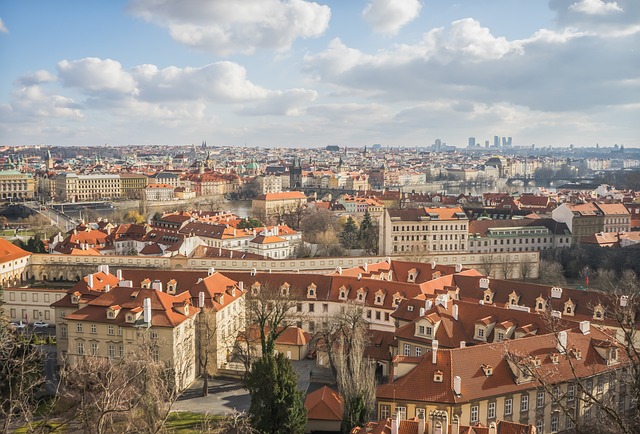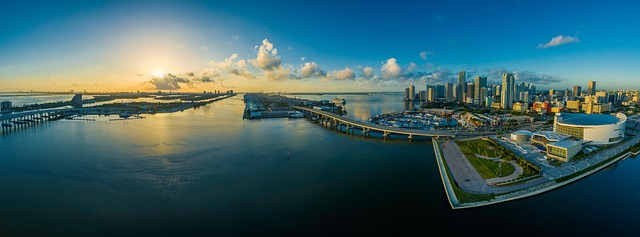In affluent Karachi areas like Gulberg Town, understanding the Air Quality Index (AQI) is vital for resident health. Pollutants such as PM2.5, PM10, nitrogen dioxide, sulfur dioxide, and carbon monoxide are measured by the AQI, with higher values indicating poorer air quality. Seasonal changes and local activities impact AQI levels, with significant contributors including industrial emissions, vehicle exhaust, construction dust, and domestic fuel burning. By staying informed, residents can take proactive measures to mitigate health impacts, such as wearing masks or using air purifiers during high-pollution periods. The local administration has implemented stricter emission standards, expanded green spaces, and launched public awareness campaigns to improve air quality and promote sustainable practices.
Karachi’s Gulberg Town, a vibrant urban center, faces challenges with air quality. This article delves into the intricate details of the Air Quality Index (AQI) and its impact on the area. We explore the various factors contributing to air pollution in Gulberg Town, from vehicle emissions to industrial activities, offering insights into the current state of Karachi’s environment. Additionally, we highlight ongoing efforts and initiatives aimed at improving air quality, providing a comprehensive overview of the city’s journey towards a healthier future.
- Understanding the Air Quality Index (AQI) in Karachi's Gulberg Town
- Factors Influencing Air Quality and Efforts for Improvement in Gulberg Town, Karachi
Understanding the Air Quality Index (AQI) in Karachi's Gulberg Town

In Karachi, particularly in affluent areas like Gulberg Town, understanding the Air Quality Index (AQI) is paramount for residents’ health and well-being. The AQI offers a comprehensive picture of air pollution levels by measuring various pollutants such as particulate matter (PM2.5 and PM10), nitrogen dioxide, sulfur dioxide, and carbon monoxide. Each pollutant is assigned a value, and these are combined to create the overall AQI. Higher AQI values indicate worse air quality, posing potential risks to respiratory and cardiovascular health.
Karachi’s Gulberg Town experiences varying AQI levels depending on seasonal changes and local activities. Industrial emissions, vehicle exhaust, construction dust, and domestic fuel burning can significantly contribute to air pollution. By keeping a close eye on the AQI, residents can take proactive measures during periods of high pollution, such as wearing masks, staying indoors, or using air purifiers. This knowledge empowers them to make informed decisions to mitigate the health impacts of poor air quality.
Factors Influencing Air Quality and Efforts for Improvement in Gulberg Town, Karachi

Air quality in Gulberg Town, Karachi, is significantly influenced by various factors, both natural and human-made. The city’s geographical location makes it susceptible to dust storms and pollution from industrial activities along its outskirts. Additionally, heavy traffic congestion contributes to elevated levels of nitrogen oxides and particulate matter, affecting the overall air quality. Weather patterns also play a role; during certain seasons, stagnant weather conditions can trap pollutants near the ground, exacerbating the situation.
Efforts for improvement are underway in Gulberg Town, Karachi. The local administration has implemented stricter emission standards for vehicles and industries, leading to a reduction in air pollution levels. Green spaces have been enhanced and expanded, acting as natural filters that absorb pollutants and provide cooler microclimates. Public awareness campaigns have also been launched to educate residents on the importance of sustainable practices, such as using public transport and reducing the use of single-use plastics. These initiatives are crucial steps towards ensuring better air quality for the residents of Gulberg Town and improving the overall environmental health of Karachi.
The air quality in Karachi’s Gulberg Town, as measured by the Air Quality Index (AQI), is a complex issue influenced by various factors. Through understanding these influences and implementing targeted efforts, the community can strive for better air days. While challenges remain, collaborative actions between residents, local authorities, and businesses are essential to improve and maintain healthier air quality standards in this vibrant part of Karachi.



